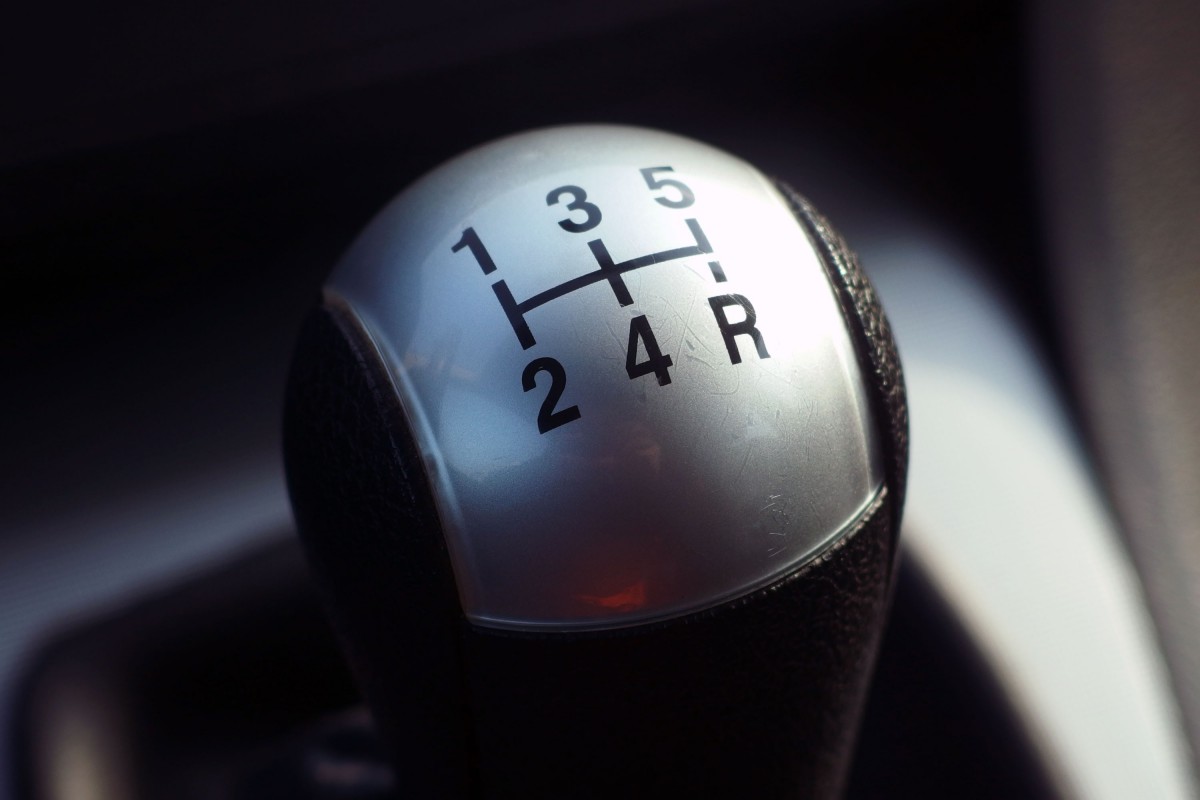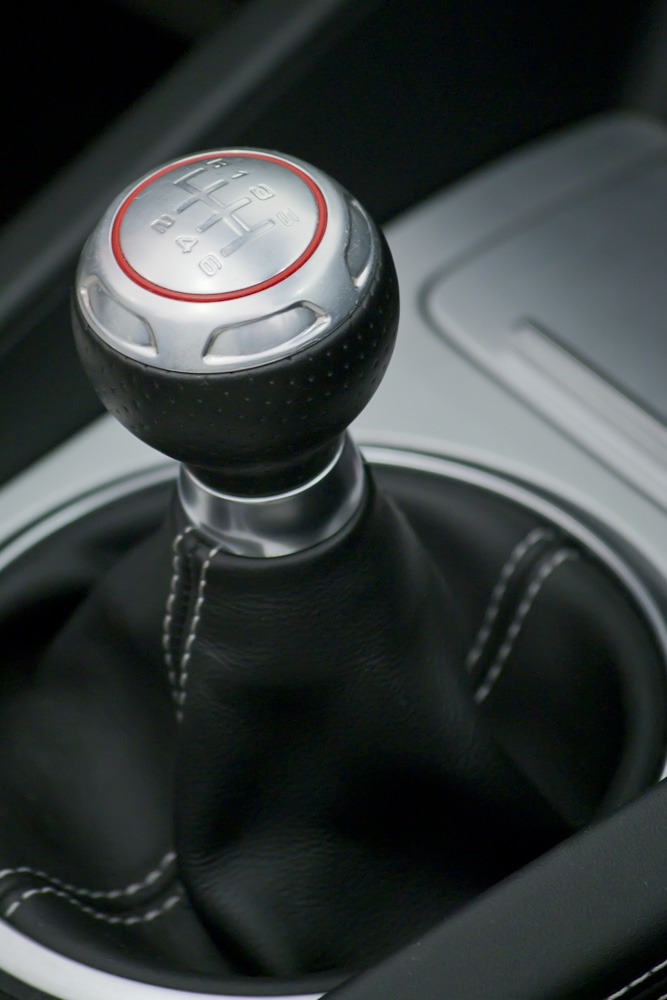Contents
Gearbox linkage: a little technique
Different gearbox linkage systems
Many vehicles are now equipped with robotized or automatic gearboxes. However, the manual gearbox has not said its last word. Unlike other technologies, the driver operates the gearshift, thanks to the gearbox linkage.
Gearbox linkage: a bit of technology
Whether with robotized gearboxes (the same mechanisms are used inside the gearbox) or with manual gearboxes, gear selection is made in two phases using selection axes.
Selection of the gear axis: generally speaking, 1 axis controls 2 gears:
1° and 2° speed selection axis;
3° and 4° speed selection axis;
5° and reverse speed selection axis.
Selection of the desired speed: when the speed is selected, at the same time as the other axes are locked (to avoid shifting 2 speeds at the same time), the speed engagement process is carried out (synchronization).
While on robotized gearboxes, these 2 phases are operated by electric or electro-hydraulic actuators, on manual gearboxes, they are carried out by a mechanical system in connection with the gearshift: this is the gearbox linkage.
Different gearbox linkage systems
The control kinematics is very complex: the 2 longitudinal and transverse movements of the gearshift in the central position must be transmitted to 1 or more control levers placed laterally on modern transverse engines.
In addition, the linkage mechanisms must not be too exposed under the vehicle, which leads to different solutions in different cases.
Linkage control

This consists of metal levers, gearboxes, and ball joints, with adjustment systems on older models to optimize lever position and gear shifting.
It is a very exposed system, and its maintenance is characterized by relatively frequent replacements of connecting rods and ball joints.
Good to know: generally, the cost of this maintenance remains accessible: count an average price of $40 for a connecting rod and a labor time equivalent to 1/2 hour (for exact rates, ask professionals for a quote).
Cable control
This is the current trend: the 2 control phases are carried out using 2 cables. The interest is twofold:
the cables can be more easily positioned under the vehicle and better protected;
they avoid the complex transfers of the previous system.
Maintenance is made easier: no more premature wear of mechanical joints. Moreover, these cables are mounted with an internal Teflon sheath that does not require greasing. Simply check the condition of the sheaths and the possible hardness of the gears.
Caution: never grease cables with Teflon sheaths!
A set of cables for a sedan will be negotiated at a spare parts dealer between $75 and $100.
Often, 1 or 2 selection rods are associated with the cables on the gearbox side, which often need to be replaced (on average, $30 each).
Hope this post has provided you with the information you were looking for. Remember to jot down a few words in the comments below.
Find more interesting articles here:
– When Can a Leak Detector Be Used on a Head Gasket?
– How to Change Your Brake Fluid
– How to Verify Braking Noises
– How to Solve a Power Steering Problem
– 5 Steps to Install a Car Window Film
– Is It Worth Buying an Auto Diagnostic Kit
– Automotive Equipment: What Is the Wheel Balancer Used For
– Ever Wonder If Your Vehicle Has a Misalignment Issue?
– The Solution to Combat Engine Fouling
– Why Will You Remove the Catalyst Converter?
– A Guide to Understanding Automotive Mechanics
– Why Perform a Car Diagnostic?
– What Is Ultrasonic Car Injector Cleaning?
– 4 Essential Tips to Clean a Car Injector
– How to Check for Car Water Pump Issues
– My Car Is Overheating! What Could Be Wrong?

